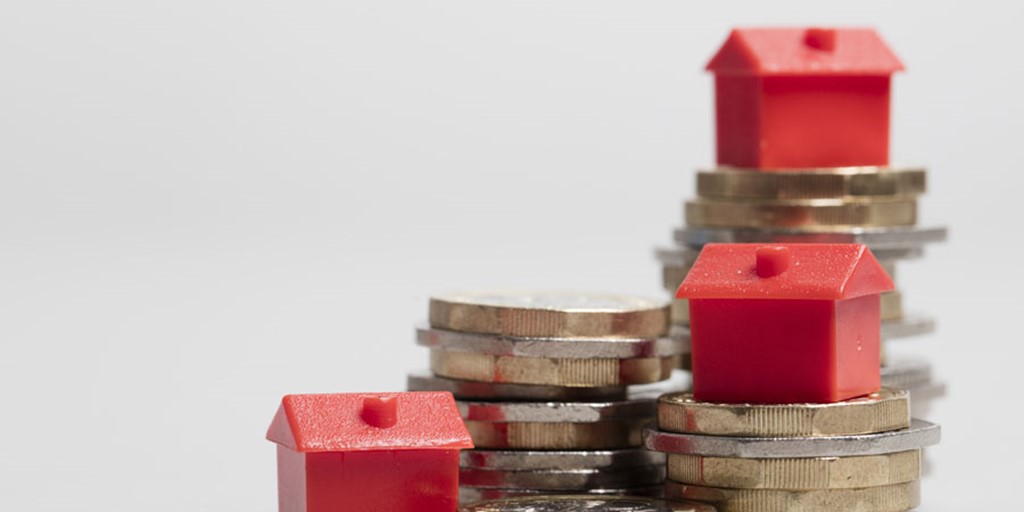How does Stamp Duty Work?

Buyers and sellers in the process of purchasing or selling a new home will need to be aware of Stamp Duty Land Tax. Here we explain how Stamp Duty works, what the cost could be and who is potentially exempt from paying.
What is Stamp Duty?
Stamp duty is the land tax buyers' compulsory payment when purchasing property or land in England, Wales or Northern Ireland. In Scotland, this tax is called Land and Building Transaction Tax. The rate you pay depends on your buying situation, for example if you’re a first-time buyer, or a buyer purchasing your second property. There are circumstances where buyers are not required to pay stamp duty tax, while first-time buyers will receive stamp duty relief. If your property or land is worth more than £125,000, or if your second home or land is over £40,000, you will have to pay stamp duty tax.
Stamp Duty Rates
The stamp duty threshold is tiered, meaning that different rates apply to different portions of the property price. Stamp duty rates are calculated on the portion of the property price that falls within a certain rate band:
Stamp Duty Threshold
Portion of House Price | Percentage to Pay |
| £0 - £125,000 | 0% |
| £125,001 - £250,000 | 2% |
| £250,001 - £925,000 | 5% |
| £925,001 – £1.5m | 10% |
| £1.5m + | 12% |
Second homes or buy to let properties:
- Up to £150,000 – 0%
- Between £150,001 and £250,000 – 2%
- Above £250,001 – 5%
Stamp Duty for First Time Buyers
A ‘first-time buyer’ is someone who has not bought residential property or land in the UK or abroad. In the 2017 Autumn Statement, Chancellor Phillip Hammond introduced stamp duty changes and put an end to stamp duty for first-time buyers purchasing a home for £300,000 or less. First-time buyers in England, Northern Ireland and Wales will therefore get stamp duty relief on properties up to £300,000, which is a saving of up to £5,000. For properties up to £500,000, there will be no stamp duty requirement on the initial £300,000, before payment on the remaining amount of up to £200,000.
Stamp duty costs for first-time buyers
| Property Price | Old Stamp Duty Price | New Stamp Duty Price |
| £200,000 | £1,500 | £0 |
| £300,000 | £5,000 | £0 |
| £400,000 | £10,000 | £5,000 |
| £500,000 | £15,000 | £10,000 |
Stamp Duty on Second Homes
Buyers purchasing their second home or buy-to-let properties will also be required to pay stamp duty, which is an additional 3% on top of the current rates for each band. This rate applies to properties or land bought for £40,000 or more, which means nearly all second homes or buy-to-let properties will be subject to stamp duty, although it does not apply to mobile homes like caravans or houseboats.
Stamp Duty Relief
The circumstances where buyers are either exempt from paying stamp duty or qualify to receive relief are if:
- If you are purchasing a property with another person, whether it is a spouse or note, you must both be first-time buyers.
- You transfer a portion of your home’s value to a spouse or partner in the event of a divorce or separation.
- You transfer the deeds of your house to someone else, whether in your will or as a gift.
Paying Stamp Duty
Stamp duty tax must be paid within 30 days of completing the purchase of a property or land. Buyers are also required to submit a Stamp Duty Land Tax return, and failure to do so could incur penalties and interest.
A solicitor usually submits this return, although buyers can do this as well. Either way, it is the buyer’s responsibility to make sure it is submitted on time. That said, buyers will need to submit a tax return even if you are exempt from paying stamp duty. The best way to submit is online, although if you prefer to post, make sure you allow at least three days for any delays.
If you have queries relating to stamp duty, contact D&G and we’ll connect you with our professional partners, Prestige Finance.
If you’re thinking of selling, buying, or booking in a free valuation, contact D&G’s Client Services Team.